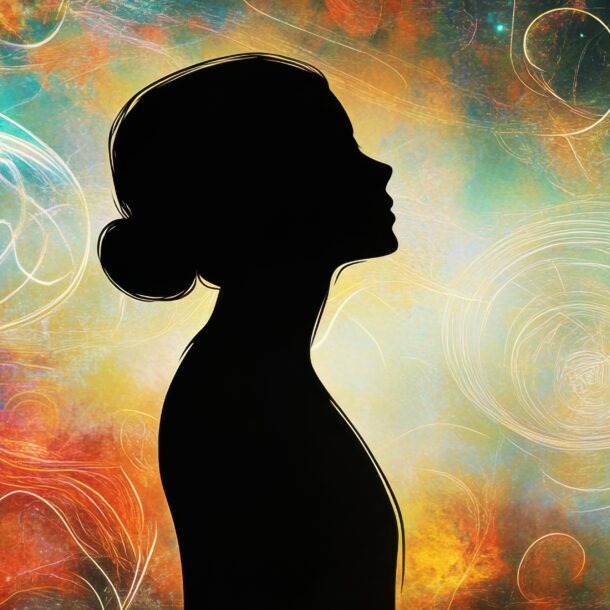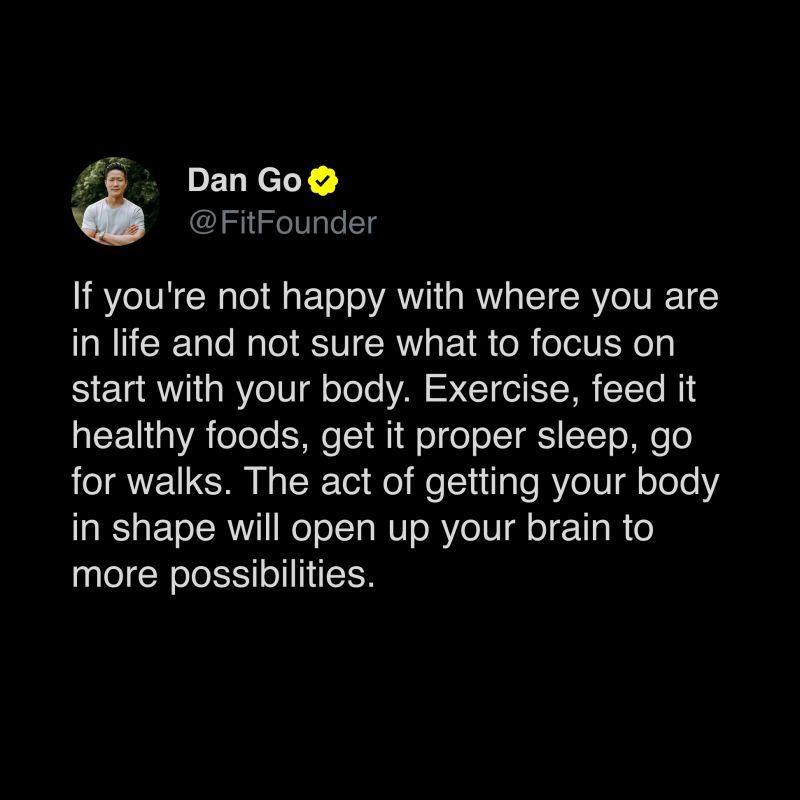

Close

In the Awareness stage of burnout recovery , we learned to pause and see clearly; to name what is happening without judgement, and to recognise the patterns that have led us here.
But awareness alone is not enough. Without movement, it can become a holding pattern – we know the truth of where we are, but we remain suspended, circling the same mental and emotional territory.
Direction is what shifts us from stillness into motion. It is the conscious choice to move from here toward there even when the there is only the next step.
It does not demand that you have your entire future mapped out. It asks only that you choose a path worth beginning.
When you’re recovering from burnout, the idea of setting a “big” goal can feel overwhelming. Energy is limited. Confidence may be fragile. The horizon might look hazy.
This is why direction matters more than ever. It provides a sense of orientation without the pressure of perfection. It gives you something to lean into – a focal point that helps you decide what to do next, and just as importantly, what to say no to.
For one of my coaching clients, the first direction after burnout was not about launching a bold new career or taking on new challenges. It was about creating the conditions to rest without guilt, reconnect with her children, and rebuild healthy work boundaries. That became her compass heading for the next six months and everything else flowed from there.
There’s a common belief that we must find our “why” before setting our “what.” In my own life and in my work with clients, I’ve often found it works the other way. Sometimes we only discover our why once we start walking in a chosen direction.
When I moved from the UK to India, I didn’t yet have a perfectly articulated purpose. I had a clear direction: closer to family, a lifestyle in alignment with my values, and the chance to build something new. Purpose revealed itself through the journey.
When you are healing from burnout, waiting for purpose to be crystal clear can keep you stuck. Choosing a direction, even if modest, begins to restore momentum and with movement comes the clarity you’ve been waiting for.
In burnout recovery, direction is less about grand ambition and more about choosing the most life-giving next chapter.
Good direction is:
Sometimes that means starting with a gentle goal: restructuring your workweek to allow for recovery time, or focusing on one meaningful project instead of juggling five.
Clarity of direction helps you:
As I’ve worked with clients and reflected on my own resets, I’ve come to see that certain qualities act like an outer compass across every stage of this journey.
In the Direction stage, they don’t replace clarity or action, but they anchor it.
These aren’t one-time practices; they’re steady threads running through every stage of the reset. And in Direction, they can turn a decision into a deeply aligned commitment.
Here’s the process I use with clients:
For some, that first step forward might be professional. For others, it’s deeply personal.
Body transformation coach Dan Go put it beautifully: “If you’re not happy with where you are in life and not sure what to focus on, start with your body. Exercise, feed it healthy foods, get it proper sleep, go for walks. The act of getting your body in shape will open up your brain to more possibilities.”

That insight resonated with me. While my “direction” is broader than health alone, for my current “now”, I’ve chosen to start there; small, consistent steps toward better movement, nutrition, and rest.
Not because Dan’s words created the shift, but because they reinforced a path I had already committed to after many false starts.
I know that strengthening my physical health will ripple out into clarity, resilience, and fresh possibilities in other areas of my life.
In burnout recovery, the “how” is rarely about one grand leap. It’s often a deliberate, compassionate act of reclaiming one area of life that fuels the rest.
When you start moving, whether through your body, your relationships, or a creative pursuit, you remind yourself that you still have agency. And from agency, a new sense of possibility always emerges.
Your brain responds powerfully to clear goals. When you commit to a direction and begin taking steps, dopamine is released in anticipation of progress.
Each step completed increases serotonin, stabilising your mood and sense of capability.
Sharing your intentions with others can boost oxytocin, creating a supportive network around you.
In burnout recovery, this biochemical boost is not just nice to have. It’s part of how your nervous system resets from depletion to vitality.
I recently started an audio journal; I simply found it easier, where I capture highlights of my day, my challenges and frustrations, my gratitude, my intentions for tomorrow and learnings from what I have observed about my thoughts and actions.
I have often struggled with journaling and I realised it wasn’t the journaling itself, it was the method. One small micro shift made this practice possible.
Direction is not the end of your recovery; it is the bridge between recognising your reality and creating a different one. In burnout recovery, it gives you something concrete to move toward without forcing a premature leap into high gear.
Your turn:
What is one small but meaningful direction you could choose for the next season of your life?
Write it down.
Speak it to someone.
Let it be enough to begin.
As you explore your own Direction Reset, remember that the choice isn’t just about where you’re going; it’s also about how you travel.
Let acceptance, gratitude, generosity, and rest walk with you. They will keep you grounded when the path feels uncertain, and steady when the road gets steep.
#BurnoutRecovery #LifeDirection #Resilience #MindsetReset #CoachingJourney #FromAwarenessToAction #ResetSeries